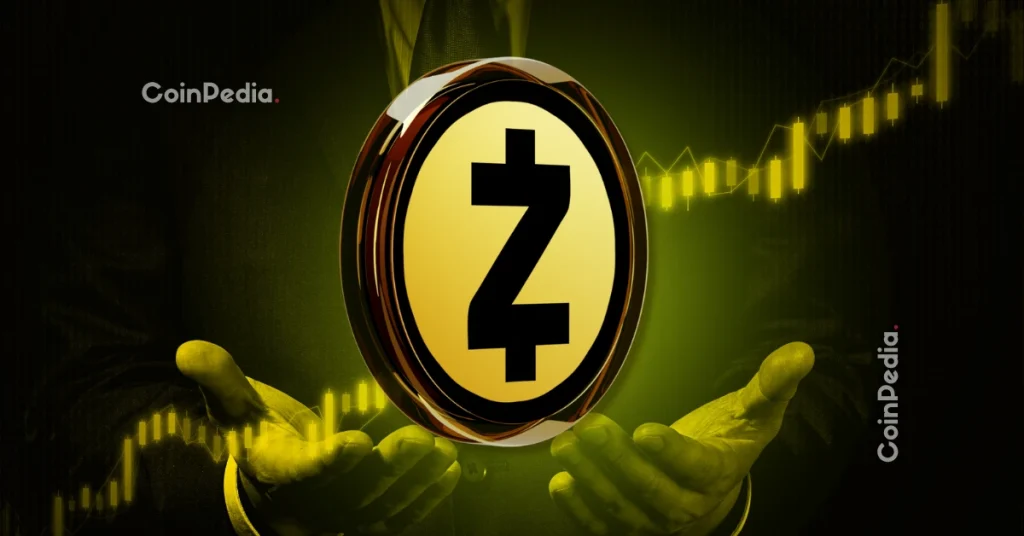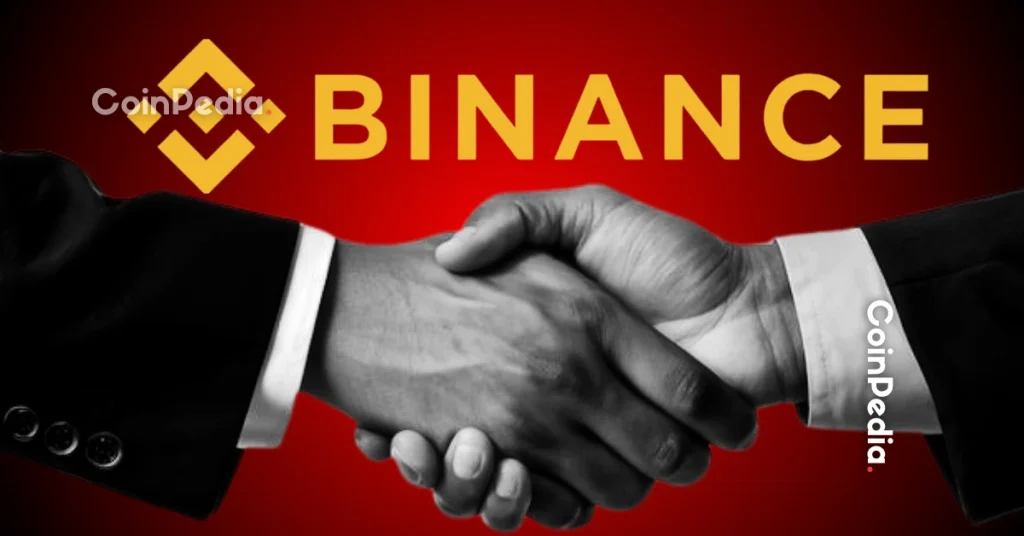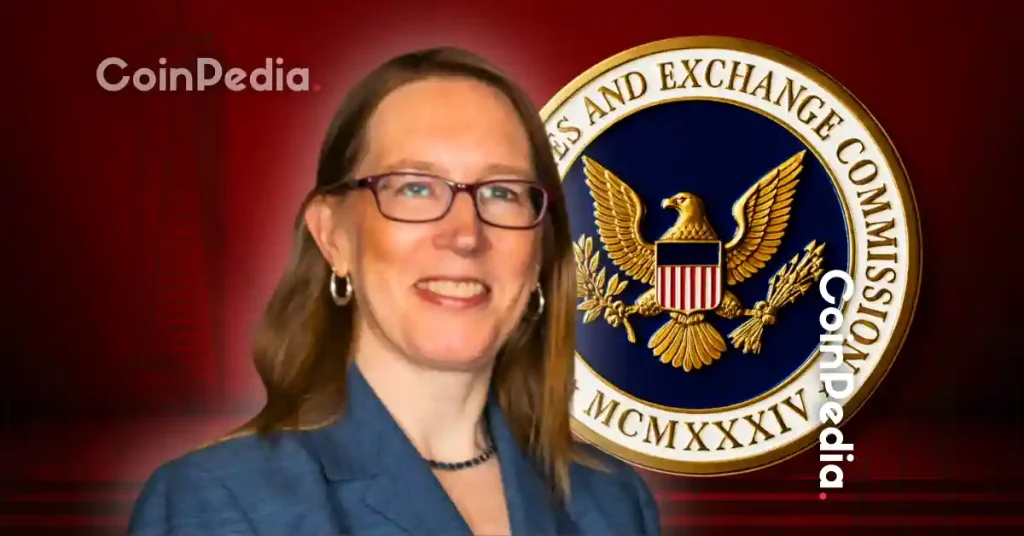Regulatory developments across the global digital-asset sector have placed new emphasis on transparency, predictable issuance, and operational traceability. Jurisdictions are moving toward structured rules for disclosures, token lifecycles, and user protection in both early-stage and mature networks. These shifts are influencing how projects present their economic models and organize participation roles across multi-chain environments.
Bitcoin Munari operates within this landscape through a fixed-supply system, predefined emission schedule, and unified participation mechanics spanning its Solana SPL deployment and upcoming Layer-1 chain. These characteristics align with regulatory directions that favor stable, documented frameworks over variable or inflation-based designs.
Regulatory Context Shaping Project Conditions
Several regulatory milestones define the environment in which Bitcoin Munari operates. In the European Union, the Markets in Crypto-Assets Regulation (MiCA) has been fully in force since January, establishing uniform requirements for token issuers, disclosure practices, and crypto-asset service providers across all member states. This framework reduces fragmentation across the bloc and sets clear expectations for operational transparency.
International oversight contributes additional momentum. The Financial Action Task Force continues to stress alignment in virtual-asset service-provider requirements, highlighting the importance of traceability and consistent documentation standards across jurisdictions. In the United States, proposed legislation and oversight initiatives aimed at formalizing the regulatory treatment of digital-asset activities demonstrate a broader shift toward structured rulemaking.
These developments create tailwinds for systems built around predictable issuance, defined participation roles, and clear lifecycle documentation. Bitcoin Munari’s economic and operational structure operates within these themes, reflecting characteristics increasingly emphasized by regulators.
Unified Participation Model Across Two Environments
Bitcoin Munari begins as a Solana SPL token before migrating to a dedicated Layer-1 chain. The project’s design ensures that participation mechanics remain constant throughout this transition. A 1:1 migration bridge preserves all holdings, and users interact with the same economic model on both networks. This includes the project’s fixed 21,000,000 BTCMsupply, the 6,090,000 BTCM validator reward pool, and the ten-year emission schedule.
This unified structure removes the fragmentation that often appears when projects transition between chains. Many networks modify staking mechanics, introduce new issuance parameters, or replace tokens during migration. Bitcoin Munari avoids these shifts, retaining the same supply logic, participation thresholds, and reward definitions across both environments. The system therefore aligns with policy direction favoring stable asset behavior throughout a token’s lifecycle.
Tiered Participation Framework Under Fixed Conditions
Participation is organized into three tiers — full validators, mobile validators, and delegators — each offering a defined entry point within the same fixed-supply environment.
Full validators require 10,000 BTCM and operate on server-grade hardware, including an 8-core CPU, 32GB of RAM, a 1TB NVMe SSD, and a reliable 1Gbps connection. These nodes handle block production and transaction verification, with reward output linked to uptime and stake proportion. Year-1 emissions generally range from 18% to 25% APY, drawn exclusively from the capped validator pool.
Mobile validation functions as an intermediate tier. A 1,000 BTCM stake and a modern Android device with sufficient memory and stable connectivity enable users to participate in lightweight validation tasks without maintaining full node infrastructure. Reward levels are set at half the full validator rate, providing an accommodation for users who cannot manage server environments.
Delegation establishes the lowest threshold for user participation. A minimum of 100 BTCM can be delegated to an existing validator, with proportional rewards issued after commission. Delegators do not manage hardware and rely on validator performance, allowing for passive involvement within the same emission framework.
These participation tiers operate identically during the SPL phase and after the platform transitions to its Layer-1 chain. The consistency supports regulatory preferences for clear user categories and traceable role definitions.
Supply Distribution and Presale Parameters
Bitcoin Munari distributes its fixed supply across public presale allocations, validator rewards, liquidity reserves, team vesting, and ecosystem development. The presale follows a ten-round schedule beginning at $0.10, with a benchmark launch level of $6.00 and a modeled 5,900% ROI for Round-1 allocations. All presale tokens include no vesting, enabling immediate availability during the Solana phase and continuity through the 1:1 migration process.
Because no inflation is introduced and distribution categories are fully defined in advance, the project maintains a predictable economic model consistent with regulatory expectations surrounding supply transparency.
Moreover, Bitcoin Munari undergoes several external reviews that align with the sector’s movement toward verifiable documentation. These include the Solidproof smart-contract audit, the Spy Wolf security audit, and Spy Wolf’s KYC verification. These assessments contribute to the project’s documentation footprint under regulatory conditions where transparency is increasingly important.
Regulatory Dynamics and System Alignment
The alignment of supply control, documented participation roles, and consistent lifecycle design places Bitcoin Munari within regulatory conditions that emphasize structured economic models and clearly defined user categories. The transition from Solana to the dedicated Layer-1 chain does not alter how users interact with the system, which reduces procedural risk and supports portfolio planning across multiple networks. These characteristics match regulatory expectations built around predictability and stable operating conditions.
Purchase BTCM at the $0.10 Round 1 price to participate in a fixed-supply system designed for consistent involvement across both the SPL and mainnet environments.
Website: official Bitcoin Munari website
Buy Today: secure your tokens here
Telegram: join the community
















 English (US)
English (US)